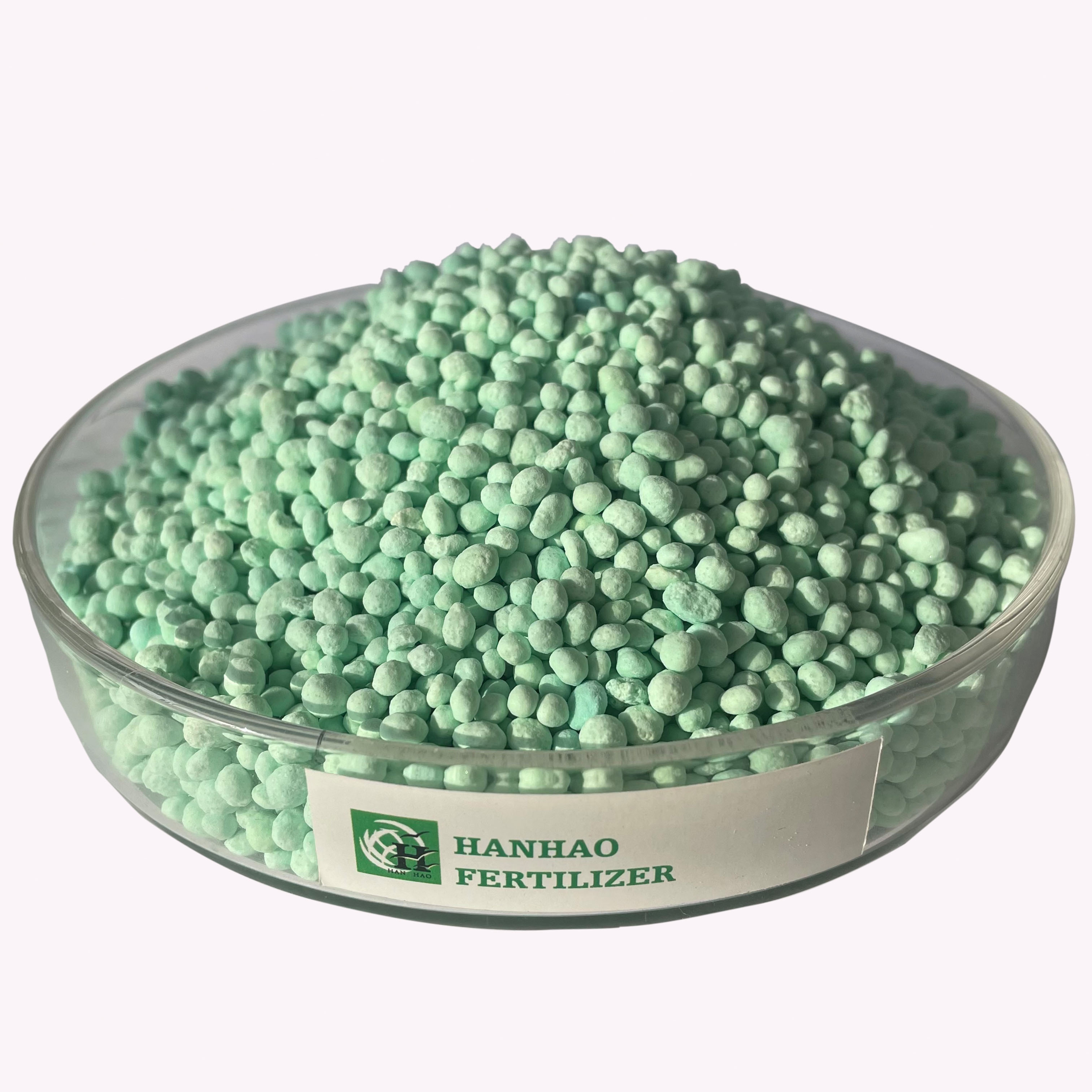
Dec . 07, 2024 14:05 Back to list
8 24 24 fertilizer manufacturer
Understanding 8-24-24 Fertilizer A Guide for Gardeners and Farmers
Fertilizers play a crucial role in enhancing soil fertility and improving crop yield. Among the various types available in the market, 8-24-24 fertilizer has gained popularity due to its balanced nutrient composition, making it ideal for a variety of crops and gardening applications. This article aims to delve into the characteristics, benefits, and best practices for using 8-24-24 fertilizer.
What is 8-24-24 Fertilizer?
The numbers in the fertilizer formula, 8-24-24, represent the percentage of three essential nutrients nitrogen (N), phosphorus (P), and potassium (K). Specifically, this formulation contains 8% nitrogen, 24% phosphorus, and 24% potassium. Each of these nutrients plays a vital role in plant health
- Nitrogen (N) Crucial for the growth of leaves and stems, nitrogen promotes lush, green foliage. It is essential in the photosynthesis process, helping plants convert sunlight into energy. - Phosphorus (P) Often associated with root development and flowering, phosphorus aids in energy transfer within the plant. It is vital for producing fruit and enhancing the overall health of the root system. - Potassium (K) This nutrient helps strengthen the plant’s immune system, making it more resilient to diseases and environmental stressors. Potassium also contributes to fruit quality and size, which is critical during the harvest.
Benefits of Using 8-24-24 Fertilizer
1. Enhanced Root Development The high phosphorus content in 8-24-24 fertilizer promotes strong root growth, which is essential for nutrient uptake and overall plant health. 2. Improved Flowering and Fruiting With its significant phosphorus and potassium levels, this fertilizer enhances the flowering process, leading to a higher quality and quantity of fruits and vegetables.
3. Versatility This fertilizer is suitable for a wide range of plants, including vegetables, fruits, ornamentals, and turf. Its balanced formulation allows for use across various gardening and agricultural contexts.
8 24 24 fertilizer manufacturer

Best Practices for Application
To reap the full benefits of 8-24-24 fertilizer, here are some best practices for application
1. Soil Testing Before applying any fertilizer, conduct a soil test to determine the specific nutrient needs of your soil. This ensures you apply an appropriate amount without risking nutrient burn or deficiencies.
2. Timing of Application Apply 8-24-24 fertilizer during the planting season or when plants are actively growing. This timing maximizes nutrient uptake and supports robust growth.
3. Application Rate Follow the manufacturer's guidelines for application rates, as over-fertilization can lead to nutrient runoff and environmental issues. Generally, a rate of around 1 to 2 pounds per 100 square feet is recommended for vegetable gardens.
4. Incorporation into Soil For the best results, incorporate the fertilizer into the top few inches of soil to improve nutrient availability to plant roots.
5. Watering After application, water the area thoroughly to help dissolve the fertilizer and facilitate its absorption into the soil.
Conclusion
8-24-24 fertilizer represents a strategic choice for gardeners and farmers seeking to enhance plant growth and productivity. By understanding its composition and following best application practices, you can ensure that your plants receive the nutrients they need for optimal health and robust yields. Whether you are growing vegetables in your backyard or managing a large agricultural operation, this balanced fertilizer can be a valuable addition to your nutrient management plan.
-
Premium 10 10 10 Fertilizer Organic for Balanced Plant Growth
NewsJul.29,2025
-
Premium 10 10 10 Fertilizer Organic for Balanced Plant Growth
NewsJul.29,2025
-
50 Pound Bags of 13-13-13 Fertilizer for All Plants – Bulk & Organic Options
NewsJul.28,2025
-
High-Efficiency 15-30-15 Granular Fertilizer for Healthy Crops
NewsJul.28,2025
-
15-30-15 Granular Fertilizer for Optimal Crop & Lawn Growth
NewsJul.27,2025
-
Premium 10 10 10 Water Soluble Fertilizer for Fast Plant Growth
NewsJul.26,2025
